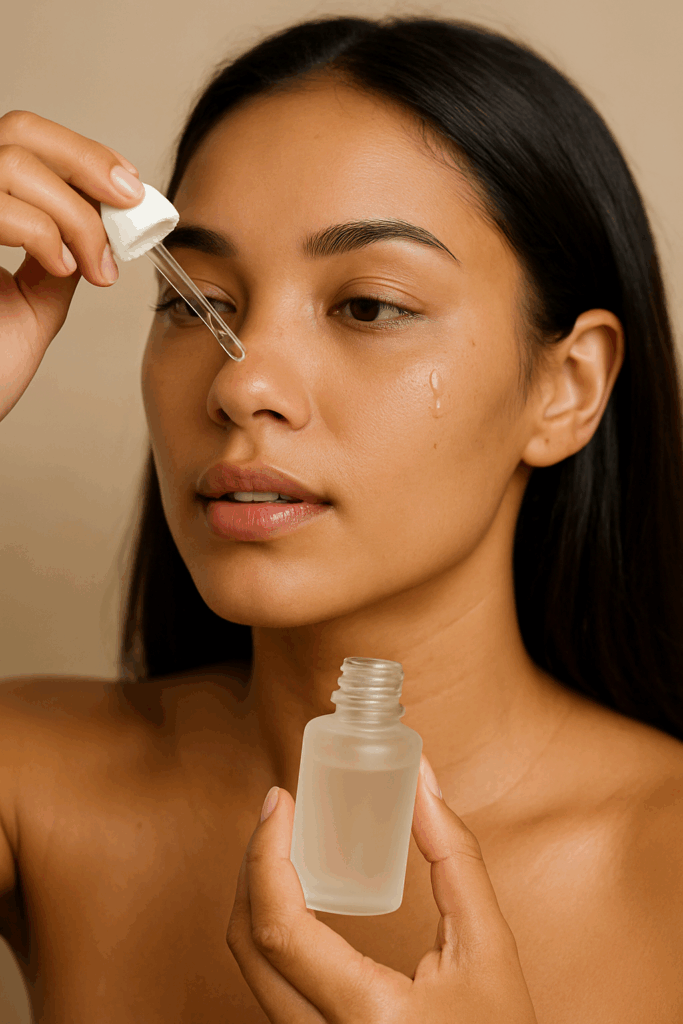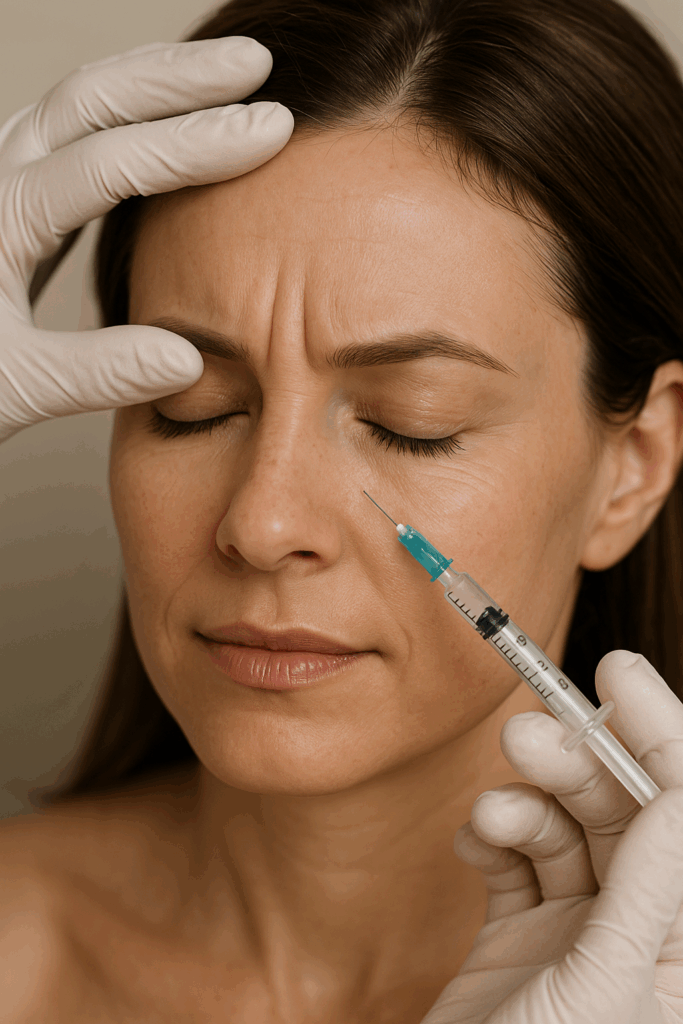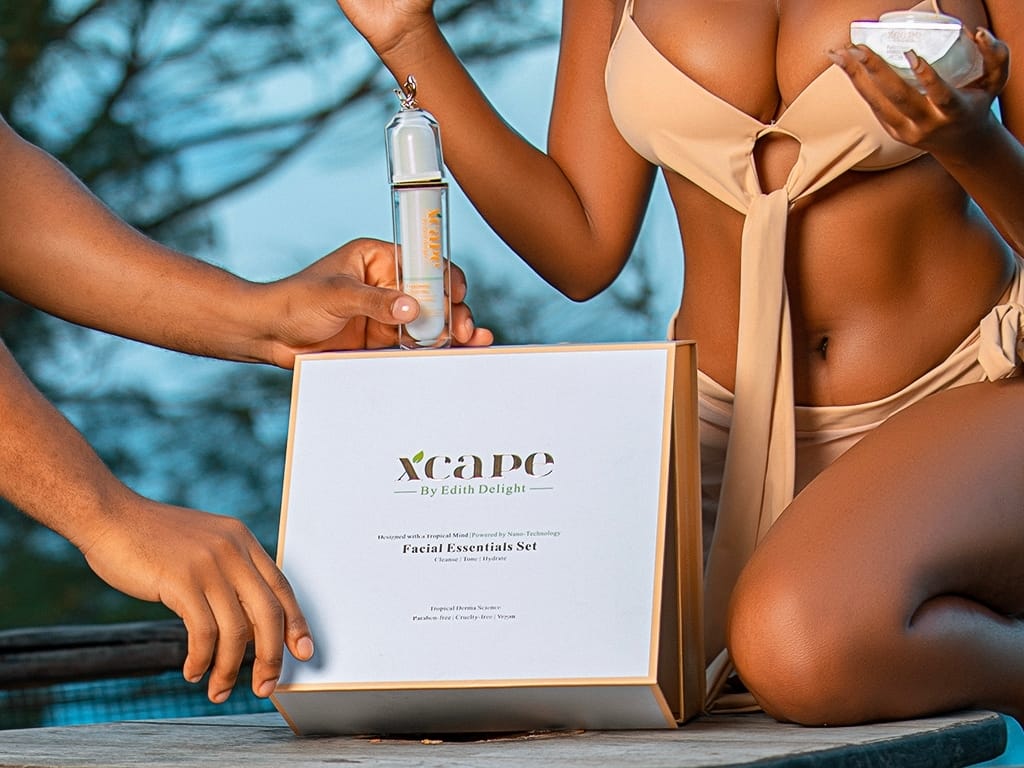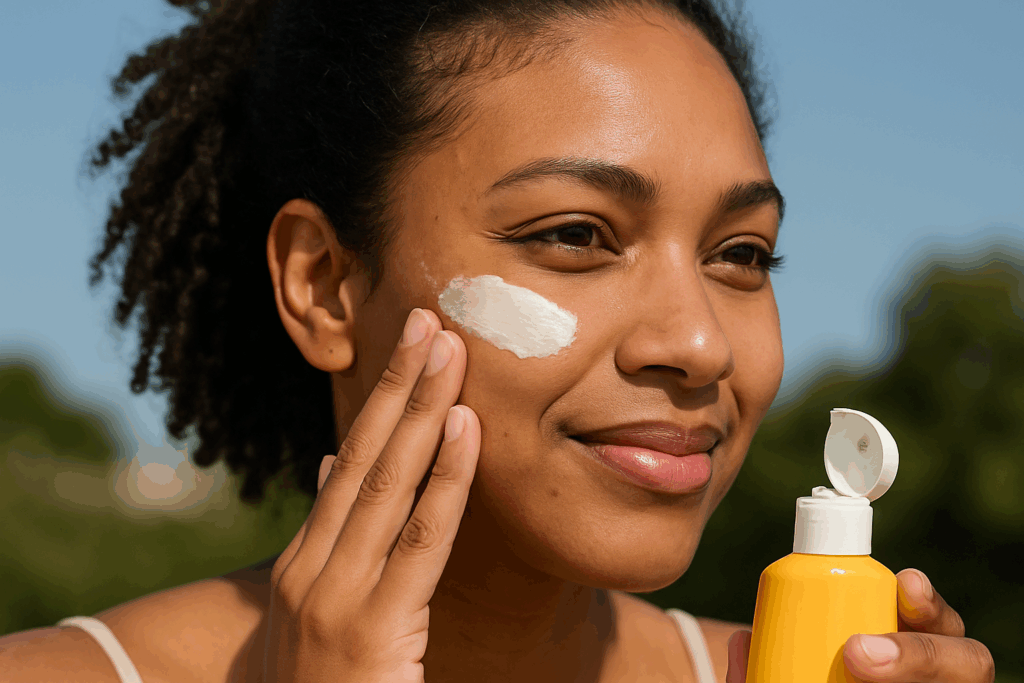If you’ve spent time scrolling through skincare trends lately or listening to skincare podcasts, you’ve probably come across something unexpected: salmon DNA injections. Yep, fish DNA in your face. Or even weirder, maybe you’ve heard of salmon sperm injections. And regardless of the name you have heard, it still sounds funny. But before you write it off as another bizarre beauty fad, here’s the science-backed truth: These injections (technically called polynucleotide or PN injections) might actually deliver some actual anti-aging results.
Keep reading for the science-backed facts you want broken down— no fluff, no hype — just science, safety, and what your skin can expect. So, let’s jump right into it.
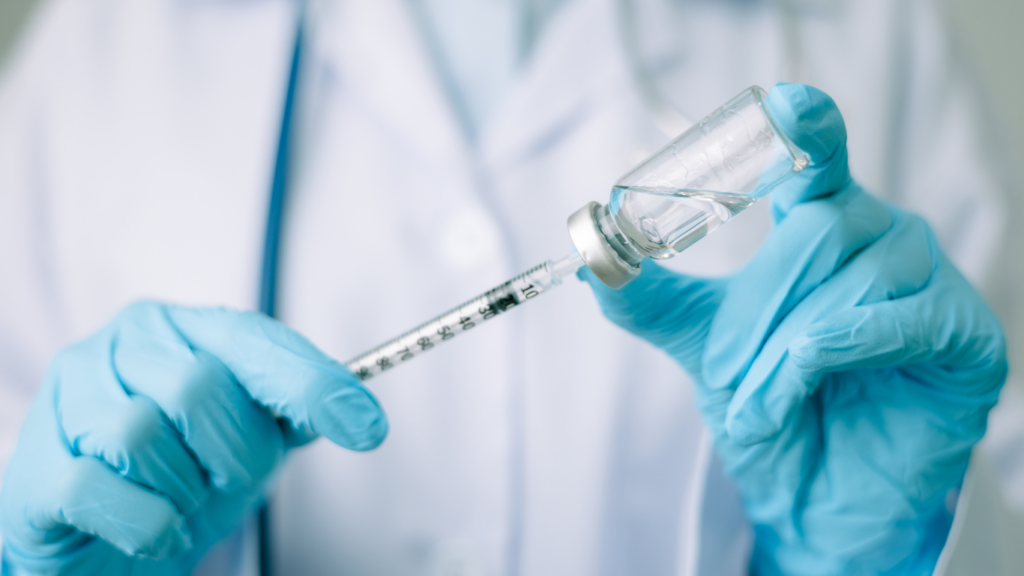
1. “Salmon DNA” Really Means Polynucleotides (PN)
Despite the catchy name, no one’s getting raw salmon injected into their cheeks or frown lines. These treatments use polynucleotides, which are purified DNA fragments, often derived from salmon sperm. Scientists discovered that these little fragments of salmon DNA could be biologically active in humans. Once processed and purified, they are biocompatible, meaning your body tolerates them well. In skincare, polynucleotides specifically are celebrated for their anti-aging and hydrating powers. And don’t worry, they come from salmon that’s already being harvested.

2. Salmon DNA Injections Can Help Wrinkles, Texture, and Skin Elasticity
Studies show that salmon DNA injections can make fine lines less visible, especially on your cheeks and under your eyes. One summary paper found that across several studies, people had smoother skin, better elasticity, and fewer wrinkles after a few treatments. It is important to note that the salmon sperm facials were used with other treatments in all studies. So, salmon DNA injections can help with your anti-aging goals, but as a stand-alone treatment, there is no evidence they will erase the signs of aging.
3. Need a Hydration Boost? Science Says Salmon DNA Inject Could Be For You.
How hydrated your skin is makes a big difference in how young it looks. And as you get older, if your skin is regularly dehydrated, you could actually be creating more wrinkles! Research suggests that salmon DNA injections help your skin hold onto moisture. One study showed improved skin hydration and thickness after four treatments with a long-chain PN filler. In skincare, large protein-based molecules like collagen can attract and hold onto water. So, it’s not surprising that salmon sperm facials have a similar effect.
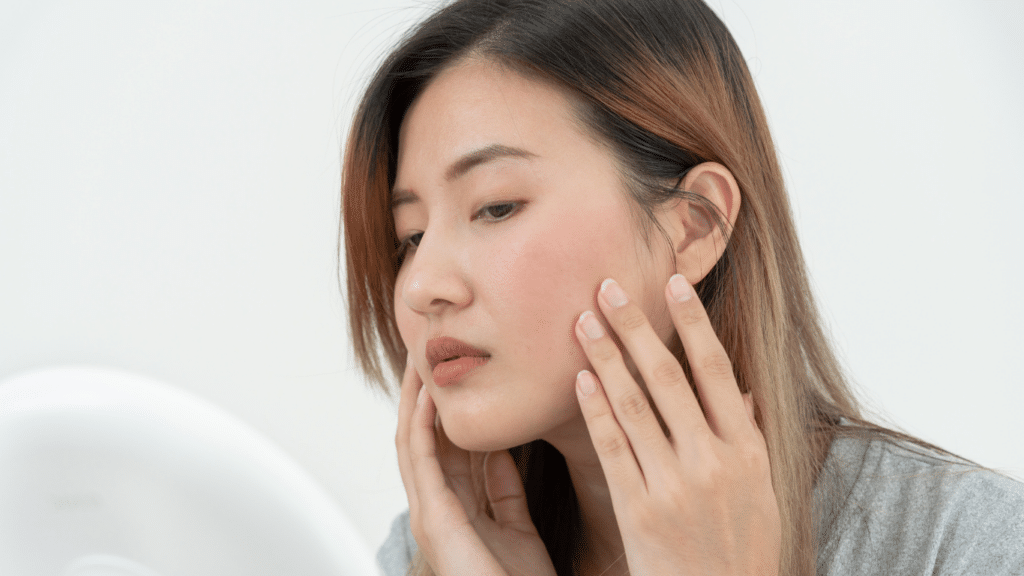
4. Redness Got You Down? A Couple of Salmon Sperm Facials Might Help.
Salmon DNA injections are not just for wrinkles. A 2023 study found they might reduce facial redness, especially from things like rosacea, laser treatments, or using too many steroid creams. The doctors in the study said a post-treatment salmon sperm facial helped calm inflammation, repair tiny blood vessels, and improve hydration.
5. You’ll Need More Than One Treatment
Don’t expect a miracle after just one visit. Most plans involve three to four sessions, about 3 to 4 weeks apart. Doing this consistently helps the polynucleotides in the salmon DNA injections build up and encourages your skin to renew itself over time.
6. The Results of Salmon DNA Injections Can Last Up to Six Months
One study in Asian patients found that the anti-aging improvements from the salmon DNA injections, like smoother skin and more even tone, lasted up to six months after treatment. People also said their skin felt firmer and looked brighter, especially around months 4 to 6.

7. Salmon Sperm Facials Are New and Trendy in the US but Tried and True in Korea
Salmon DNA injections are a popular choice for fine lines, dry skin, and uneven texture in South Korea, which often leads the way in skincare. According to a 2023 survey, 88% of dermatologists reported using polynucleotides. The treatment is usually combined with lasers, radiofrequency, or hyaluronic acid for enhanced results.
So… Should You Try Salmon DNA Injections?
If you want a subtle, science-backed way to improve your skin’s texture, hydration, and elasticity – especially if you have sensitive or aging skin – salmon DNA injections (aka polynucleotide treatments) might be worth considering. They’re not going to replace fillers or lasers, but they work well with them. And while we still need more research to figure out the best amounts and ways to use them, current studies – and doctors around the world – agree: polynucleotides are a promising tool for anti-aging skincare.
References
Araco A, Araco F, Raichi M. Clinical efficacy and safety of polynucleotides highly purified technology (PN-HPT®) and cross-linked hyaluronic acid for moderate to severe nasolabial folds: A prospective, randomized, exploratory study. J Cosmet Dermatol. 2023 Jan;22(1):146-155. doi: 10.1111/jocd.15064. Epub 2022 May 26. PMID: 35531796; PMCID: PMC10084116.
Cavallini M, Bartoletti E, Maioli L, Massirone A, Pia Palmieri I, Papagni M, Priori M, Trocchi G; As Members of The Polynucleotides HPT™ Priming Board, Collegio Italiano delle Società Scientifiche di Medicina Estetica (Italian College of the Aesthetic Medicine Scientific Societies) – SIME, AGORÀ, SIES. Consensus report on the use of PN-HPT™ (polynucleotides highly purified technology) in aesthetic medicine. J Cosmet Dermatol. 2021 Mar;20(3):922-928. doi: 10.1111/jocd.13679. Epub 2020 Sep 21. PMID: 32799391; PMCID: PMC7984045.
Lampridou S, Bassett S, Cavallini M, Christopoulos G. The Effectiveness of Polynucleotides in Esthetic Medicine: A Systematic Review. J Cosmet Dermatol. 2024 Dec 8:e16721. doi: 10.1111/jocd.16721. Epub ahead of print. PMID: 39645667.
Lee D, Choi H, Yoo K, Park YJ, Park HJ, Oh SM, Ji GH, Rah GC, Shin DW. Assessment of current practices and perceived effectiveness of injectable polynucleotide for enlarged facial pores among cosmetic physicians: A survey-based evaluation. Skin Res Technol. 2024 Sep;30(9):e13738. doi: 10.1111/srt.13738. PMID: 39233467; PMCID: PMC11375025.
Lee DK, Oh M, Kim MJ, Oh SM. Clinical effects of polynucleotide with hyaluronic acid intradermal injections on facial erythema: Effective redness treatment using polynucleotides. Skin Res Technol. 2024 Sep;30(9):e70034. doi: 10.1111/srt.70034. PMID: 39258788; PMCID: PMC11388635.
Lee D, Kim MJ, Park HJ, Rah GC, Choi H, Anh ST, Ji GH, Kim MS, Kim G, Shin DW, Oh SM. Current practices and perceived effectiveness of polynucleotides for treatment of facial erythema by cosmetic physicians. Skin Res Technol. 2023 Sep;29(9):e13466. doi: 10.1111/srt.13466. PMID: 37753681; PMCID: PMC10485387.
Lee KWA, Chan KWL, Lee A, Lee CH, Wan J, Wong S, Yi KH. Polynucleotides in Aesthetic Medicine: A Review of Current Practices and Perceived Effectiveness. Int J Mol Sci. 2024 Jul 27;25(15):8224. doi: 10.3390/ijms25158224. PMID: 39125793; PMCID: PMC11311621.
Lim TS, Liew S, Tee XJ, Chong I, Lo FJ, Ho MJ, Ong K, Cavallini M. Polynucleotides HPT for Asian Skin Regeneration and Rejuvenation. Clin Cosmet Investig Dermatol. 2024 Feb 13;17:417-431. doi: 10.2147/CCID.S437942. PMID: 38371328; PMCID: PMC10874187.
Park KY, Seok J, Rho NK, Kim BJ, Kim MN. Long-chain polynucleotide filler for skin rejuvenation: efficacy and complications in five patients. Dermatol Ther. 2016 Jan-Feb;29(1):37-40. doi: 10.1111/dth.12299. Epub 2015 Nov 2. PMID: 26814448.
Rho NK, Han KH, Cho M, Kim HS. A survey on the cosmetic use of injectable polynucleotide: The pattern of practice among Korean Dermatologists. J Cosmet Dermatol. 2024 Apr;23(4):1243-1252. doi: 10.1111/jocd.16125. Epub 2023 Dec 13. PMID: 38093498.

